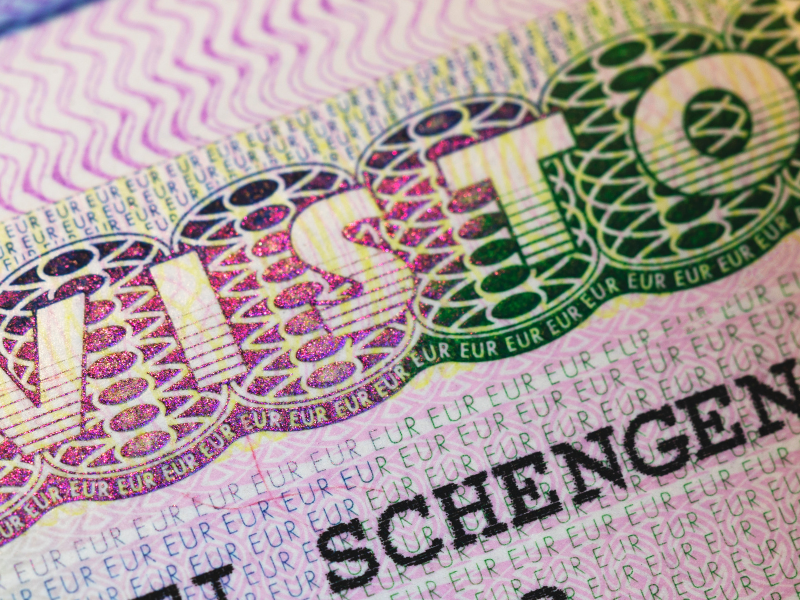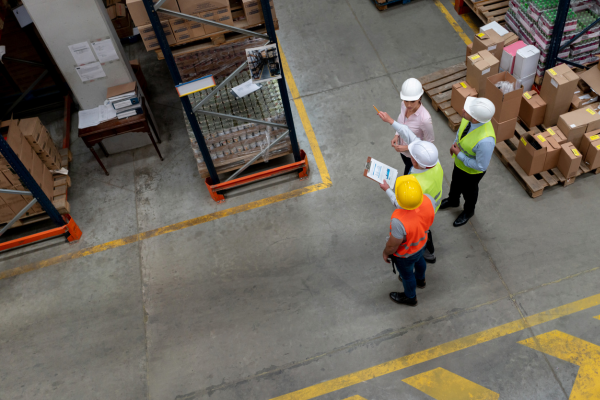Applying for a Schengen Visa is a long process, heavily paper-based, that requires applicants to travel both to file the application and to collect the Visa: for these reasons the European Commission proposed, in April 2022, the digitalisation of the whole process.
Recently there have been developments: on March 29th, 2023, the negotiating mandate to the Council was agreed upon, and on June 13th, 2023, the Council’s negotiators and the European Parliament have agreed, albeit provisionally, on the rules to digitalise the visa procedure, which goal is twofold: making the application procedure more efficient and improving the Schengen Area’s security.
These new rules are intended to:
- replace the visa sticker, with a 2D barcode cryptographically signed;
- introduce a single, online platform where applicants will submit their application, submitting all relevant data and documentation, reducing the in-person appearances to only first applicant and particular cases;
- simplify and secure the visa application process, improving its communication with the ETIAS (European travel information and authorisation system), determining which country is responsible for the application based upon the person purported travel plans;
- consequentially, these developments will reduce costs and burden on EU countries, but also on the applicants.
The agreement between Council and Parliament still needs the approval of the Member States before the adoption process can actually start, but, as the Swedish Minister for Migration put it, the digital visa “Will make the application process easier for travellers, simplifies the administrative procedure and increases the security of the Schengen area by for example reducing the risk of falsification and theft of the visa sticker.”
LCA Global Mobility and Corporate Immigration team will keep you posted on any development on this matter.
DOWNLOAD PDF


